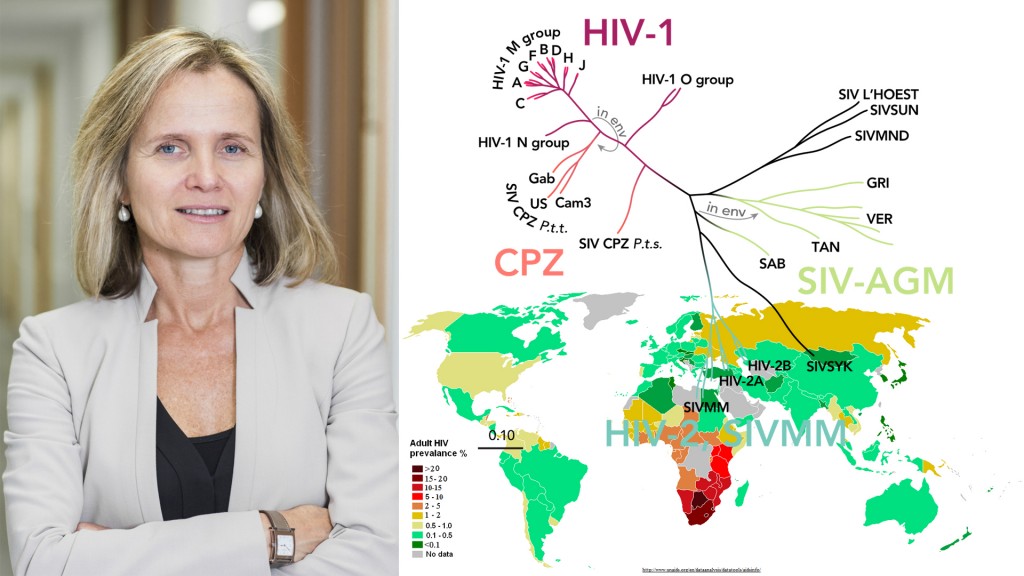From the Beginning to the End of HIV: the Great Successes & Remaining Challenges
Professor Sharon Lewin
Director, Doherty Institute for Infection & Immunity and Professor of Medicine, The University of Melbourne
Consultant Infectious Diseases Physician, Alfred Hospital
NHMRC Practitioner Fellow
The advances in the treatment and prevention of HIV infection have been spectacular. Antiretroviral therapy (ART) has led to a major reduction in HIV-related mortality and morbidity. Life expectancy is now often normal for people living with HIV. Treatment is relatively simple, has few adverse effects and is currently available to 15 million people in low and middle income countries. In addition, treatment of HIV leads to a marked reduction in HIV transmission. New prevention strategies have also been developed and are highly effective, including pre-exposure prophylaxis and circumcision. Many believe that we now have the tools to see the end of AIDS as well as a major decline in new infections – but the challenge is in implementing and funding what we know works.
Despite these great advances, globally only 30% of people living with HIV are on effective treatment and in 2014 there were 37 million people living with HIV, 2 million new HIV infections and 1 million AIDS-related deaths. Stigma and discrimination also continue in many parts of the world with ongoing marginalisation of affected communities. In addition, treatment is lifelong and there is no cure. Most countries are still struggling to fund pre-exposure prophylaxis. Therefore, the search for an effective vaccine, a cure and ongoing investment in science and innovation remain a top priority to ultimately see the end of HIV.







